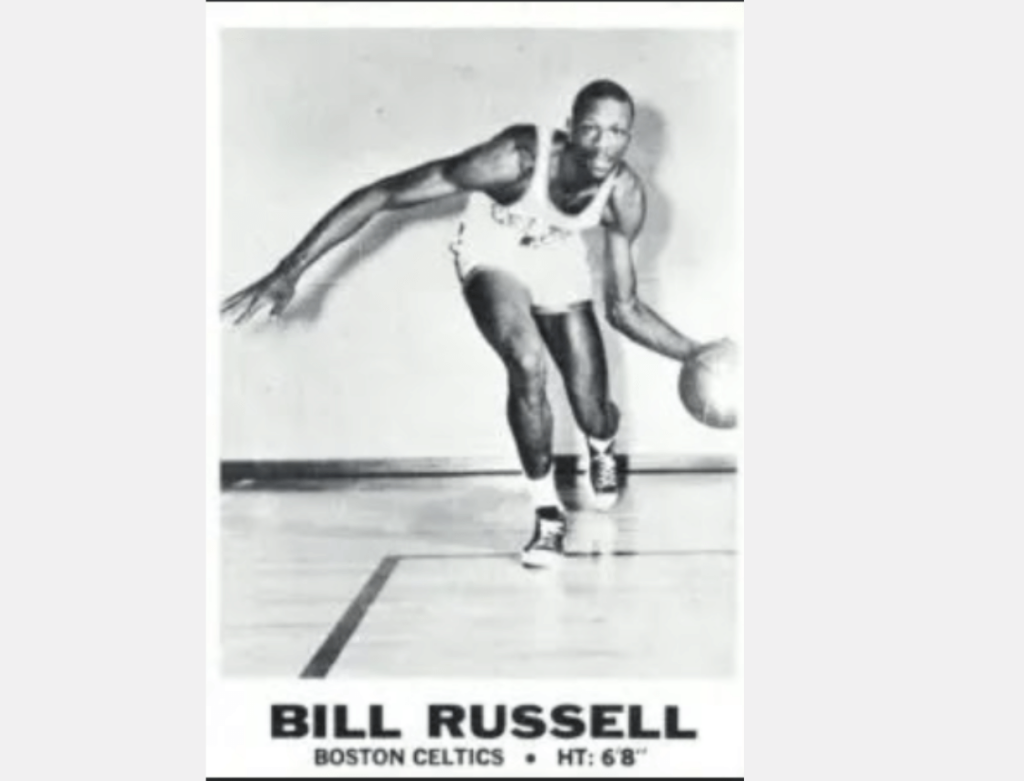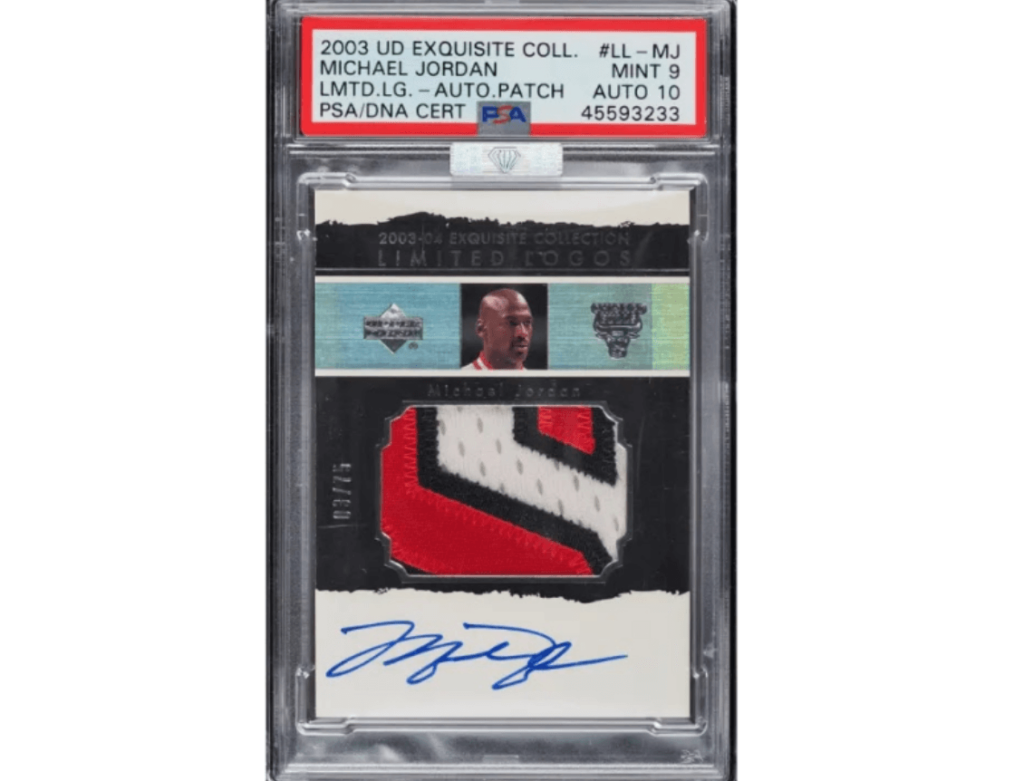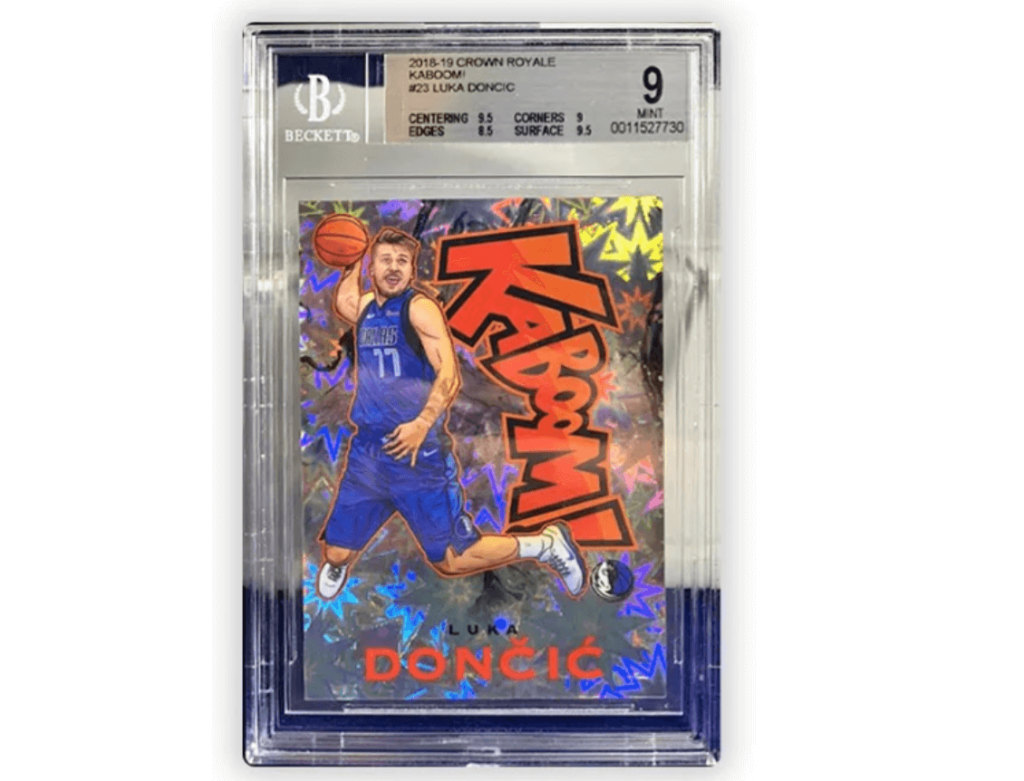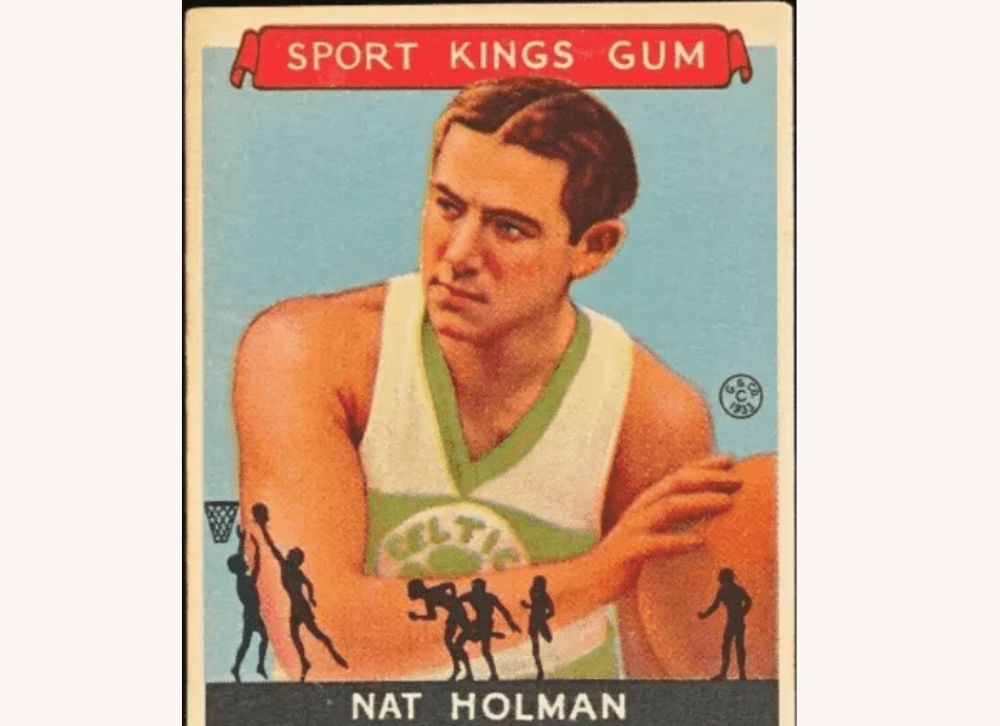NBA trading cards are dear to fanatic basketball fans and collectors alike. Beyond their intrinsic value, these cards serve as visual time capsules, encapsulating the spirit and style of the game across different eras. From the humble beginnings of simple cardboard prints to the cutting-edge designs of today, the evolution of NBA card designs is a fascinating journey that mirrors the evolution of the sport itself. Purely manifesting the soul and style of basketball across different eras.
The Early Years: Simple Classicism
One of the earliest basketball trading card sets was part of the 1933 Goudey Sport Kings series. Early NBA trading cards were known for simplicity. Mostly appearing on cardboard, these cards had plain designs with player faces and a few graphic elements accompanying them. The main idea was to show off the players themselves, often against plain backgrounds or simple geometrical patterns. These classic designs make one nostalgic for those fans who spent their childhood collecting basketball cards between the 1950s and 1970s.

1980s-90s: Photography and Color Come into Play
The design of NBA trading cards took a significant turn in the 1980s. The 1990s brought a boom in basketball trading cards, thanks to the popularity of players like Michael Jordan and Shaquille O’Neal. This period saw improvements in printing technology and increased popularity, leading to full-color photographs of these items along with more dynamic layouts. Photographers would capture players in action shots, clearly showcasing the excitement and athleticism involved during play.

The Revolution of Inserts and Special Editions
As the 1990s unfolded, NBA card designs became increasingly innovative and elaborate. Card companies experimented with different styles and formats, introducing subsets, inserts, and limited edition cards to cater to collectors’ diverse tastes. These special cards often featured intricate designs, holographic foils, metallic finishes, and rare autographs or game-worn memorabilia. They also started doing serial numbered cards out of necessity in the late ’90s to help save them from the notion that sports cards were being overproduced. Collectors eagerly sought out these premium cards, driving demand and pushing the boundaries of design creativity.

2000s and Beyond: The Digital Age
NBA cards saw the dawn of a new era with the advent of the digital age. Virtual card apps and online trading platforms emerged during this period, introducing collectors to new ways of acquiring, selling, or swapping cards in their virtual form. Physical cards also changed gradually; for instance, some companies began integrating QR codes and augmented reality into their designs, among others. Collectors gained a platform on social media where they could engage other collectors worldwide and show off their most precious pieces.

Image Source: nba.2k.com
Contemporary Trends: Minimalism and Artistry
In recent years, NBA card designs have gravitated towards minimalism and artistry. Some companies are working with cleaner, contemporary layouts as well as sophisticated printing techniques aimed at producing visually appealing yet timeless cards. Illustrations, mixed media, and creative typography were integrated to give life to the different forms of basketball that exist today, which all have unique styles and influences from one another.

Even as technology continues to advance and the game evolves, one thing remains constant: the passion for collecting NBA trading cards. A timeless tradition that will continue to unite fans and capture the magic of basketball for generations to come.




